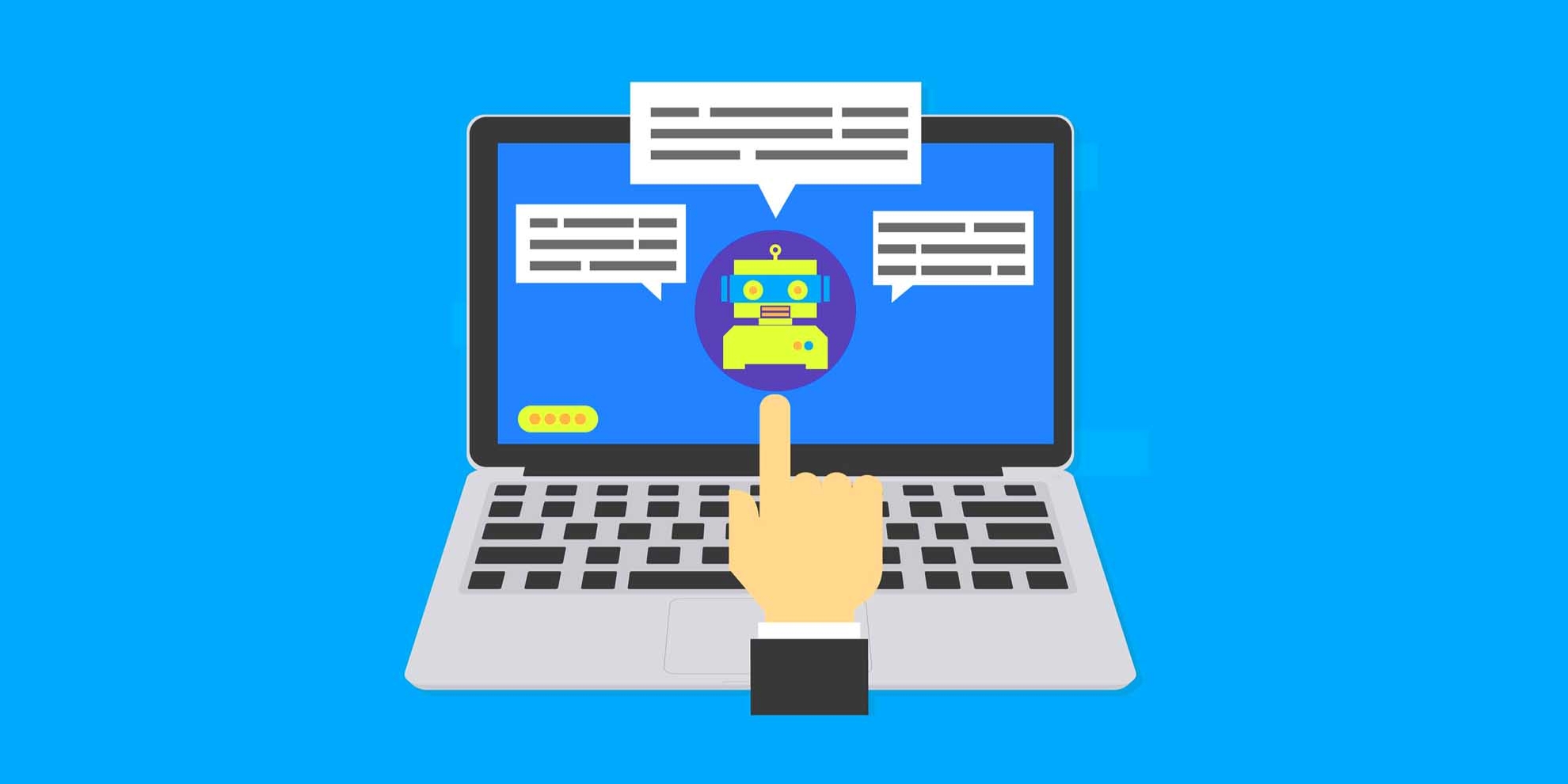An IGBT water cooling system is a great way to keep your IGBTs cool and operating at peak efficiency. When choosing an IGBT water cooling system, there are a few factors you’ll want to consider.
1. Decide if you need a water cooling system
When deciding if you need a water cooling system, there are a few things you’ll want to consider. The first is the power rating of the IGBTs. If they’re rated at more than 50 kilowatts, you’ll definitely need a water cooling system to keep them from overheating. You’ll also want to consider the ambient temperature and the amount of airflow in the area where the IGBTs will be installed. If the ambient temperature is high or if there’s not enough airflow, you’ll need a water cooling system to keep them from overheating.
2. Consider your budget
The cost of an igbt water cooling system can vary depending on the size and type of system you choose. It’s important to consider your budget when selecting a system, as some systems are more expensive than others. There are a variety of systems available, so there is sure to be one that fits your needs and budget.
3. Choose the right type of water cooling system
When it comes to choosing the right type of water cooling system for your IGBTs, there are a few different factors you’ll want to consider. The most important factor is the amount of heat that your IGBTs generate. If you have a large number of IGBTs, you’ll need a larger water cooling system with a higher cooling capacity. You’ll also want to consider the type of water cooling system you’re using. If you’re using a radiator and fan system, make sure the fan is powerful enough to move the air across the radiator quickly. You should also make sure that the water cooling system is compatible with your IGBTs and the power supply you’re using.
4. Make sure you have enough space for the system
When choosing an IGBT water cooling system, you’ll need to take into account the size of your IGBTs. Some systems are designed for larger IGBTs, while others are better suited for smaller models. You’ll also need to consider the type of water cooling system you want. There are a variety of different options available, each with its own set of benefits and drawbacks.
5. Install the system properly
When installing your IGBT water cooling system, make sure you have enough space to work. The system should be mounted in an area that is easily accessible and has a steady flow of water. Once the system is installed, test it for leaks and make sure the hoses are properly connected.
Once you have installed your IGBT water cooling system, it’s important to keep it running properly. Make sure to regularly check the water level and add more if necessary. Keep an eye on the hoses to make sure they are in good condition and aren’t leaking. And most importantly, never let the water temperature get too high. If it does, shut down the system and let it cool down before restarting. By following these tips, you can keep your IGBT water cooling system running smoothly and efficiently.
6. Maintain the system regularly
Just like any other piece of equipment, an IGBT water cooling system needs to be maintained regularly in order to continue operating at peak efficiency. Make sure you clean the system regularly and replace any worn or damaged parts. By taking care of your IGBT water cooling system, you’ll be able to keep your IGBTs running cool for years to come.











